
The long-awaited release of Fedora 37 is here.
If you're new to the Linux world, Fedora is the upstream for Red Hat Enterprise Linux. While Fedora aims to be as stable as possible, it's more about adding bleeding-edge features and technologies.
Fedora 37 release may not be the most impressive, but it has a few interesting things to offer. We've already covered most of it in our feature article on it:
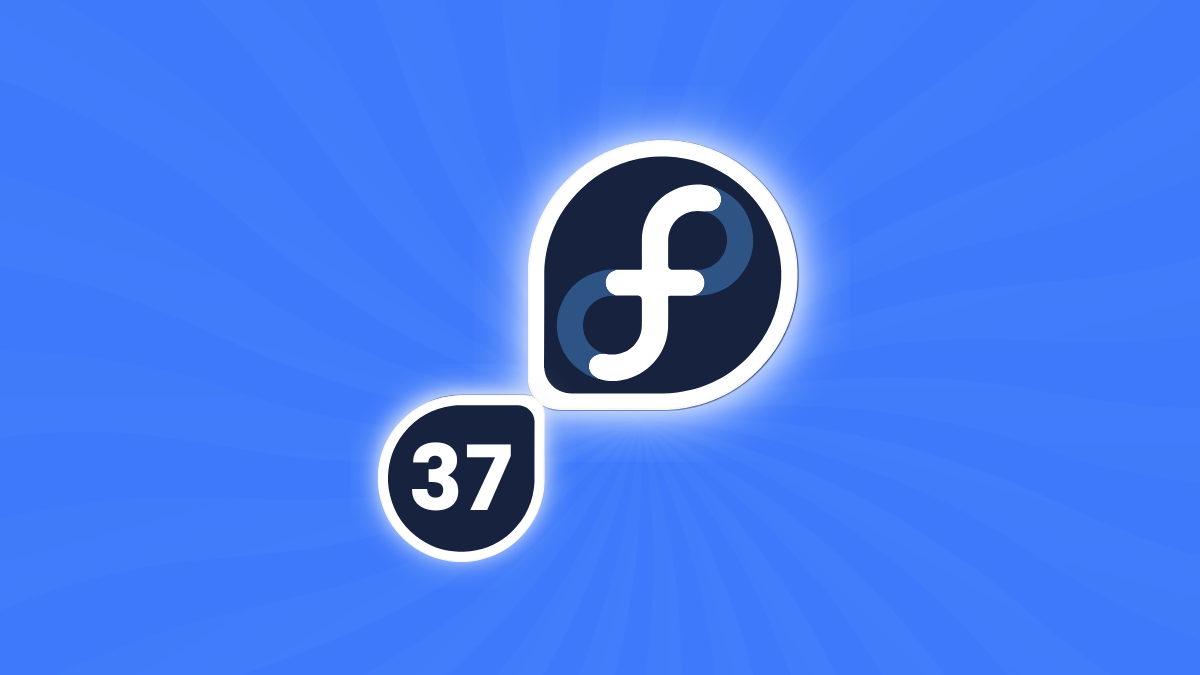
Now that the final release is out. Let me summarize the new additions to Fedora 37.
Fedora 37 Release: What's New?
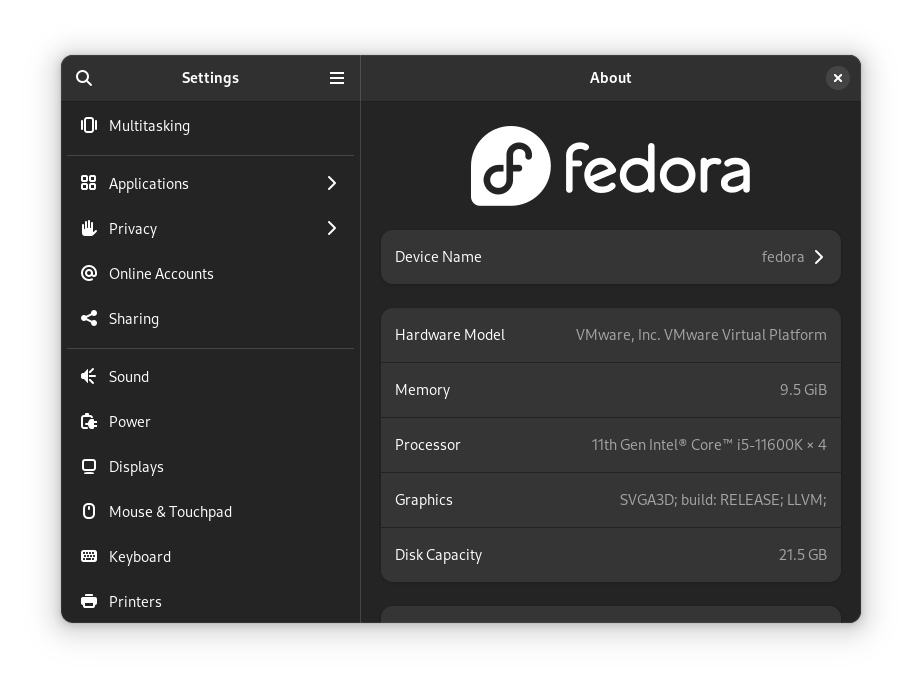
The key highlights include Linux Kernel 6.0, GNOME 43, Raspberry Pi 4 support and new variants promoted as flagship editions.
All About Desktop Environment Upgrades
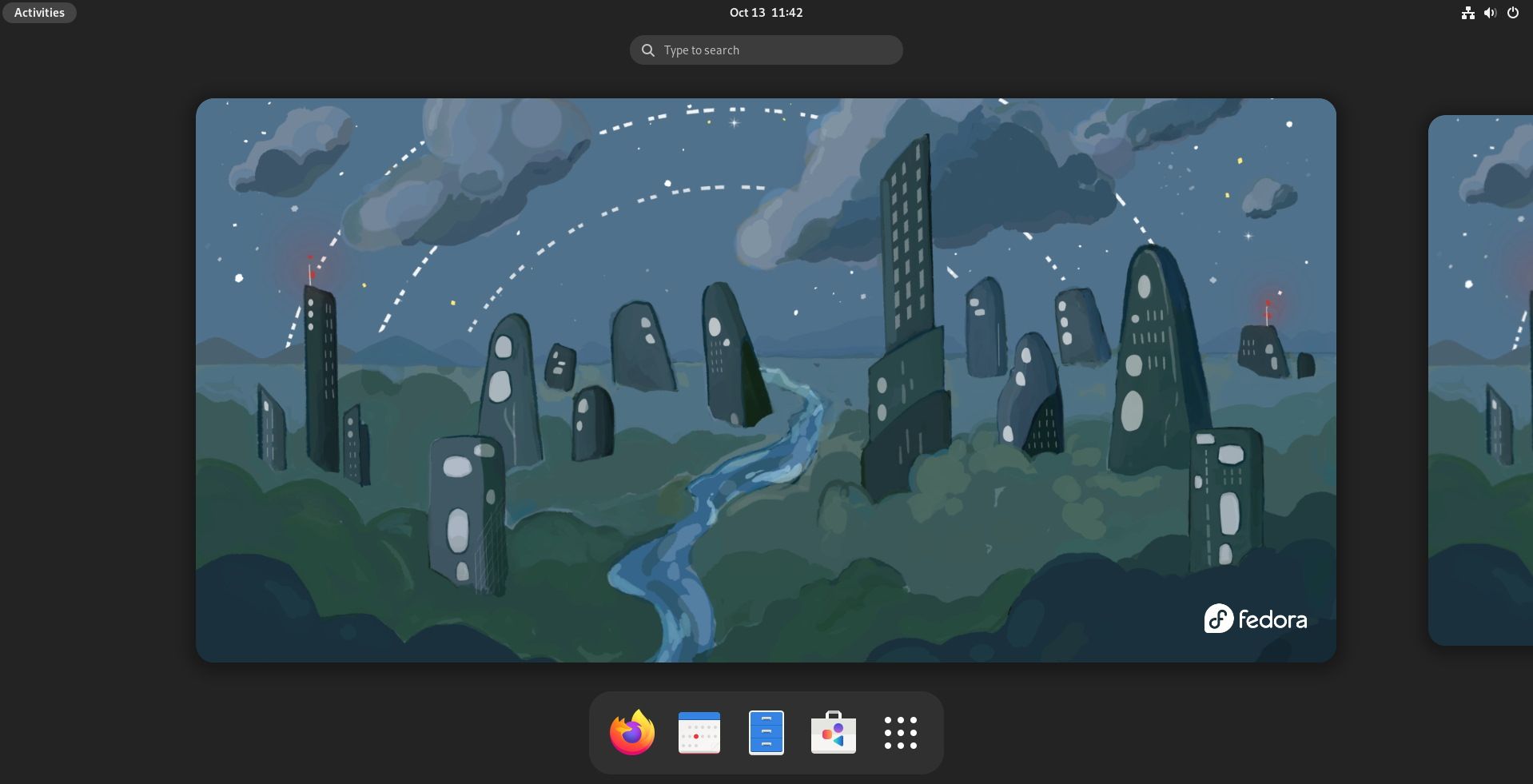
GNOME 43 lands with Fedora 37. If you do not use a rolling-release distribution, and looking to get your hands on GNOME 43 without Ubuntu 22.10-like customizations, you can try this out.
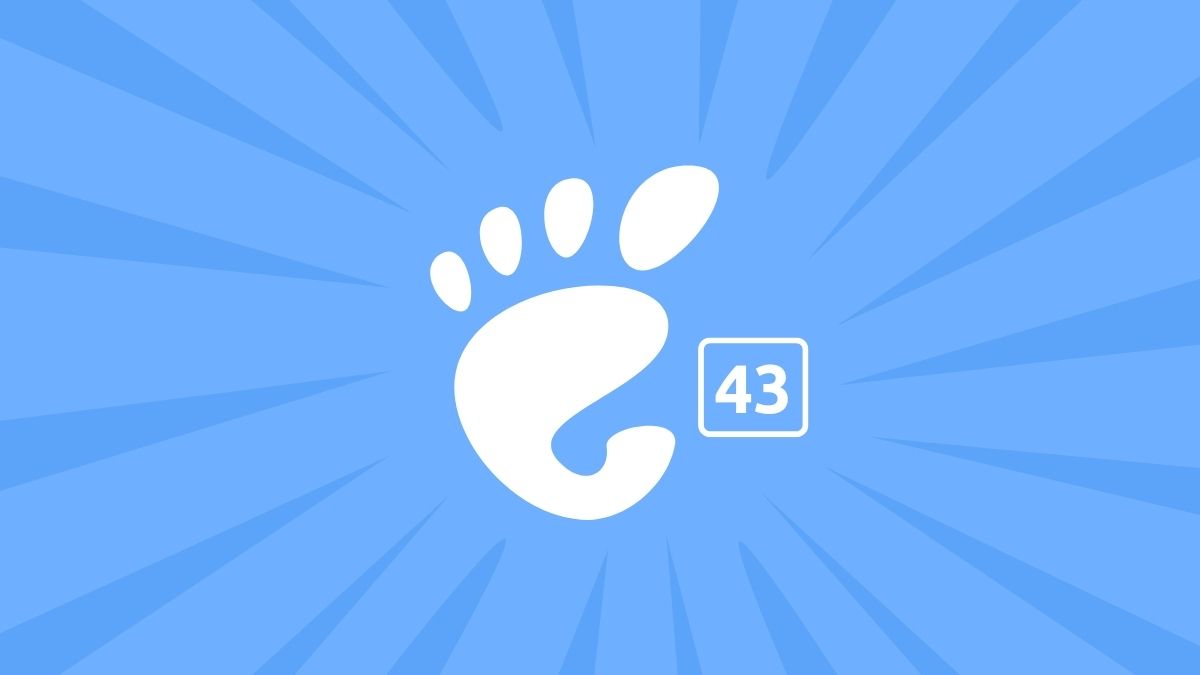
GNOME 43 brings some nice enhancements to the interface with a focus on user experience.
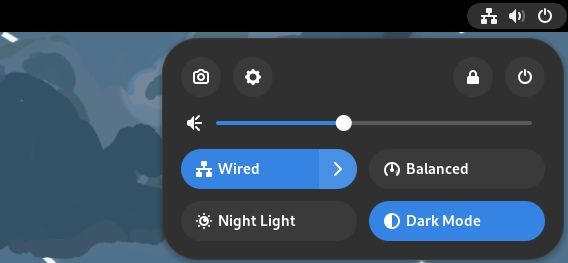
You can read our detailed article linked above to know more.
You can opt for the official Fedora spins that include other desktop environments like the newer KDE Plasma 5.26, Xfce 4.16 and MATE 1.24.
Raspberry Pi 4 Support & Linux Kernel 6.0
You may be surprised to know that Fedora didn't officially support the Raspberry Pi 4, until now.
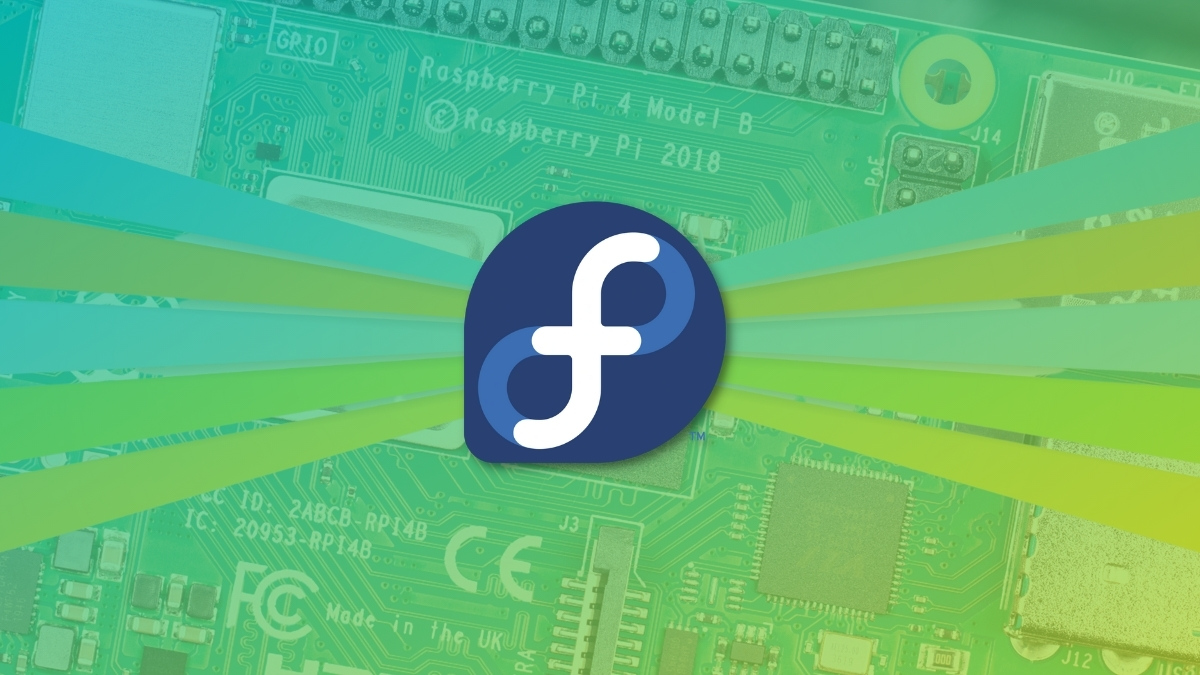
The new Mesa graphics drivers and the Linux kernel bring the much-needed features to support the Raspberry Pi 4 including accelerated graphics.
Improved support for the Raspberry Pi 3 series and the Zero 2 W is also confirmed.
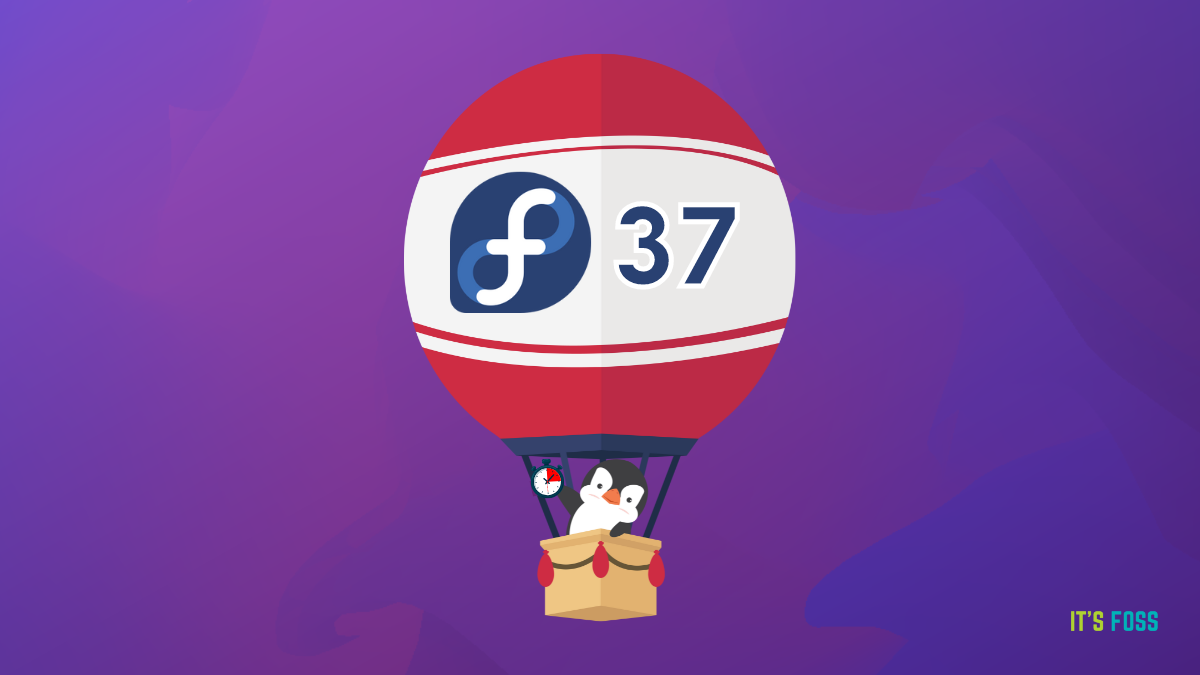
The delayed release for Fedora Linux allowed the developers to use Linux Kernel 6.0 to ensure the experience is secure out of the box.
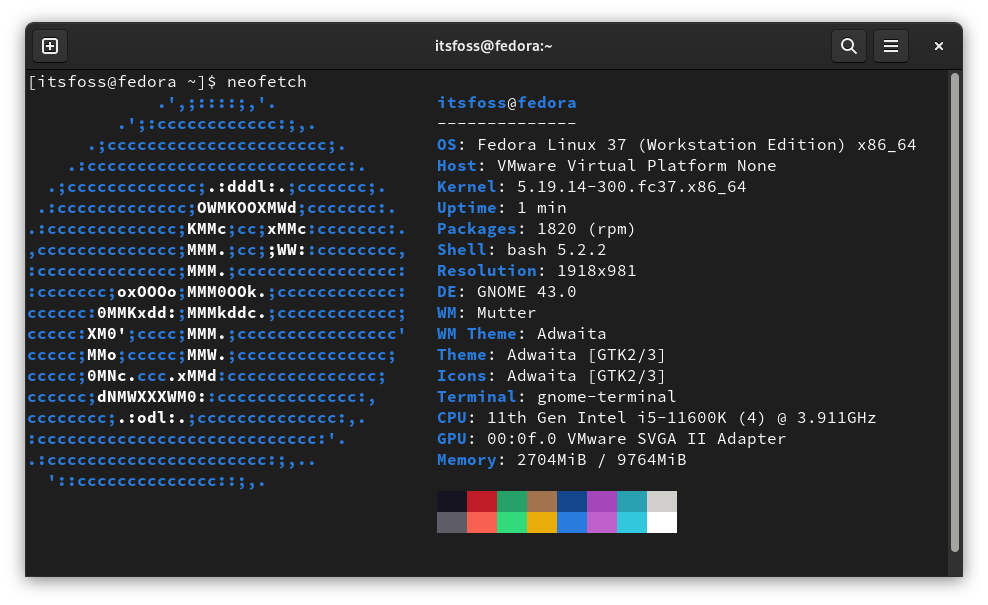
Fedora CoreOS and Cloud Promoted as Flagship Editions
While users were offered three official editions, including Fedora Workstation for PCs, two new variants have been added to the flagship editions—Fedora CoreOS and Fedora Cloud.
Fedora CoreOS is a minimalistic container-focused distro, while Fedora Cloud is aimed at setting up virtual machines.
Note that these Fedora variants already existed. You will only find them promoted alongside the workstation, server, and IoT releases.
Other Changes and Improvements
Apart from the major highlights discussed above, there were numerous improvements, changes, and fixes as well.
One big change that will most likely upset many users is the absence of support for popular video codecs.

Some other significant changes include:
- An experimental web-based UI installer with an additional preview image.
- New wallpaper with light and dark variants.
- GNU Emacs 28 update.
- Python 3.11.
- Golang 1.19.
- Node.JS 18.x.
To get more technical details, refer to the official changelog.
Download Fedora 37
As usual, Fedora doesn't fail to impress when it comes to the latest features and changes, making Fedora 37 a solid alternative to Ubuntu-based distros.
The unavailability of video codecs may be a deal-breaker for some. But, apart from that, it should be a nice upgrade.
- Even the biggest players in the Linux world don't care about desktop Linux users. We do.
- We don't put informational content behind paywall. Your support keeps it open for everyone. Think of it like 'pay it forward'.
- Don't like ads? With the Plus membership, you get an ad-free reading experience.
- When millions of AI-generated content is being published daily, you read and learn from real human Linux users.
- It costs just $2 a month, less than the cost of your favorite burger.
Become a Plus Member today and join over 300 people in supporting our work.










